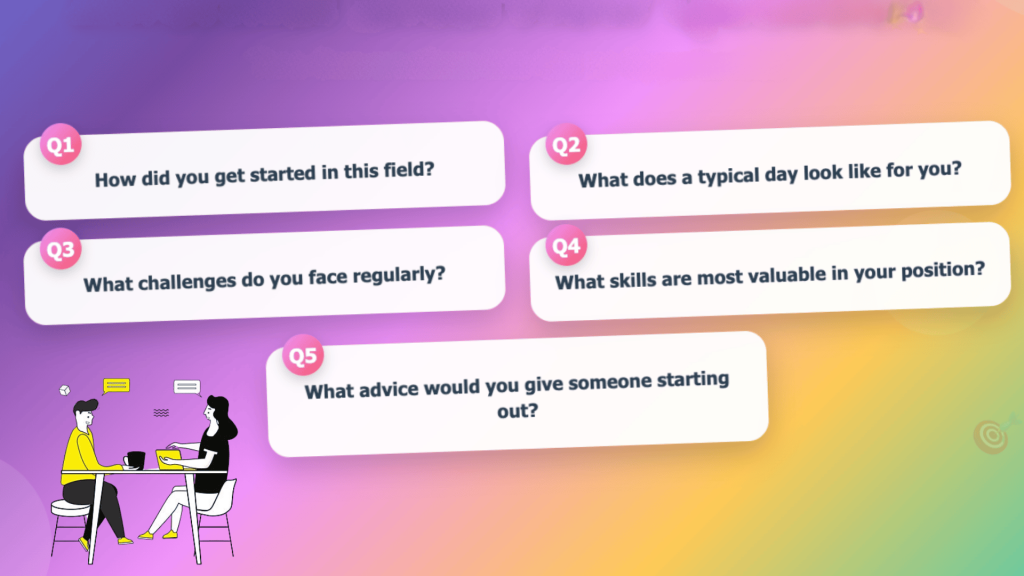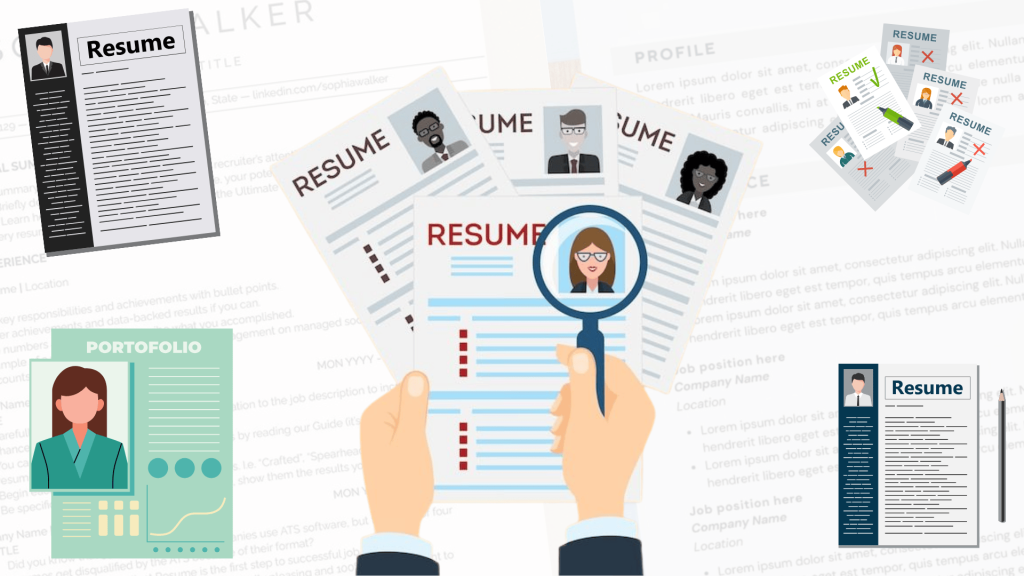Wondering why your dream job posting vanished or why companies aren’t responding to your applications?
You might be facing a hiring freeze.
When companies suddenly stop posting new job openings or pause their recruitment efforts, they’ve likely implemented what’s known as a hiring freeze.
This temporary suspension of hiring activities has become increasingly common across various industries, especially during periods of economic uncertainty.
This post explains what hiring freezes are, why companies implement them, how they affect job seekers and employees, and provides practical strategies for handling these situations.
What is a Hiring Freeze?
A hiring freeze is a strategic decision by an organization to temporarily halt the recruitment and hiring of new employees.
During this period, companies stop filling vacant positions, avoid creating new roles, and suspend most recruitment activities to control costs and manage financial resources more effectively.
Hiring freezes typically affect external job applicants and may limit internal transfers or promotions.
Types of hiring freeze:
Not all hiring freezes are created equal. Some companies implement:
- Complete freezes: No new hiring across any department
- Selective freezes: Hiring continues for essential roles while non-critical positions remain unfilled
- Departmental freezes: Only certain departments or divisions are affected
Signs a Company is in a Hiring Freeze
Job seekers can often identify companies experiencing hiring freezes through several indicators:
- Job postings remain active for unusually long periods without updates
- Recruitment processes are delayed or put on indefinite hold
- Companies stop responding to applications or interview requests
- Internal communications mention “pausing recruitment” or “reassessing staffing needs”
- News reports or company announcements mention cost-cutting measures
How Long Do Hiring Freezes Last?
The duration of hiring freezes varies significantly based on the underlying causes and company circumstances:
Temporary adjustments (1-3 months): Often related to quarterly budget cycles, seasonal adjustments, or minor market fluctuations.
Economic response freezes (3-12 months): Some hiring freezes last a few months, while others may extend for a year or more.
Short-term freezes often result from temporary financial challenges and end once the company’s financial situation improves.
Strategic restructuring freezes (6 months to 2+ years): During major organizational changes, mergers, or significant market shifts, hiring freezes may extend the period while reassessing their long-term strategy.
The key factor determining the duration is whether the underlying issue that triggered the freeze has been resolved.
Companies regularly reassess their hiring needs and lift freezes when conditions improve.
Reasons Why Companies Implement a Hiring Freeze
Companies don’t implement hiring freezes lightly. Understanding the underlying reasons can help both employees and job seekers better navigate these situations.
1. Financial Challenges
Decline in revenue or budget cuts represent the most common trigger for hiring freezes.
When companies face financial difficulties, unexpected costs, or reduced revenues, a hiring freeze helps control expenses without resorting to layoffs immediately.
Liquidity concerns also drive hiring decisions.
If an employer is uncertain whether a company is maintaining sufficient liquid assets, it might halt hiring efforts to allocate recruitment and salary budgets to improving the company’s liquidity.
2. Economic Uncertainty
Market instability or recession concerns often prompt companies to implement precautionary hiring freezes.
During economic downturns or crises, companies implement freezes to conserve resources.
This helps stabilize their financial position during unpredictable times.
Recent examples include the widespread hiring freezes during the COVID-19 pandemic and the current challenges in the tech sector, where tech job postings have been down 36% from their pre-pandemic level as of July 2025.
3. Restructuring or Mergers
Companies pausing hiring during organizational changes is a strategic move to reassess workforce needs.
During these transitions, a hiring freeze allows management to assess existing talent and identify areas of redundancy.
By pausing the hiring process, companies ensure that new hires align with long-term objectives and avoid staffing overlaps.
4. Cost-Saving Strategy
Reducing overhead expenses without immediate layoffs makes hiring freezes an attractive alternative to more drastic measures.
Company leaders may implement a hiring freeze to conserve funds, maintain the business’s fiscal stability, and prevent the need for layoffs.
Impact of a Hiring Freeze on Job Seekers
Hiring freezes create significant challenges for individuals seeking employment, affecting both active job seekers and those considering career changes.
1. Reduced Job Opportunities
Fewer job openings become immediately apparent during widespread hiring freezes.
Market conditions may change, decreasing revenue and limiting profitability, which can drive even the most successful businesses to cut costs through hiring freezes.
2. Delayed Recruitment Processes
Hiring decisions take longer during a hiring freeze.
Even with limited recruitment, processes slow down. Companies often require extra approvals for new hires.
They reassess if positions are truly essential. Budget constraints and resource allocation decisions also contribute to the delay in the process.
3. Increased Competition for Limited Roles
As competition for available positions increases, job seekers must find ways to stand out more effectively.
They may need to accept lower salaries or reduced benefits.
Additionally, they might have to consider roles that don’t perfectly align with their career goals.
4. Alternative Employment Options
The possibility of contract or temporary jobs increases during hiring freezes, rather than full-time offers.
Companies may still hire employees for essential roles, work with freelancers, or hire part-time workers if it is cost-effective.
Impact of a Hiring Freeze on Current Employees
While hiring freezes aim to protect existing jobs, they create unique challenges for current employees that can affect job satisfaction, career development, and work-life balance.
1. Increased Workload and Responsibilities
When open positions remain unfilled, existing employees must take on additional tasks from colleagues who have left without their positions being filled.
This leads to longer working hours and higher stress levels as staff members juggle multiple roles.
2. Limited Career Advancement Opportunities
Hiring freezes restrict promotions and internal transfers since fewer new roles are created, leaving ambitious employees feeling stuck in their current positions.
Budget constraints freeze advancement opportunities and delay salary increases typically associated with career progression.
3. Job Security Concerns
Even though hiring freezes are implemented to avoid layoffs, employees often worry about their company’s long-term financial health and stability.
Uncertainty about whether their roles are considered “essential” creates anxiety about potential future cost-cutting measures.
4. Potential Morale and Productivity Issues
Extended hiring freezes can lead to decreased job satisfaction as employees struggle with increased workloads and limited opportunities for advancement.
Performance levels may decline when staff members are overextended or become overwhelmed by managing multiple responsibilities.
What to Do During a Hiring Freeze?
Successfully managing a hiring freeze requires different strategies depending on whether you’re a job seeker or a current employee. Here are proven approaches for both groups.
For Job Applicants
1. Focus on industries or companies that are actively hiring, especially those resilient to economic shifts or experiencing growth.
2. Strengthening networking and referral opportunities becomes even more critical during hiring freezes.
3. Consider freelance, contract, or part-time work as stepping stones to permanent positions.
4. Job seekers should take this time to enhance their skills, particularly those that are transferable across industries.
Referrals are often the most effective way to land a job, especially when openings are not widely advertised due to a hiring freeze.
For Employees
1. Upskill to stay valuable and fill gaps left by new hires.
2. Take on projects that show initiative and add value to the organization.
3. Stay informed on company updates and HR policies to make informed decisions.
4. Maintain professional relationships both inside and outside the organization.
Conclusion
A hiring freeze temporarily halts recruitment to help companies manage costs during financial constraints, economic uncertainty, or organizational restructuring.
These measures typically last 1-12 months and affect job seekers, who often face reduced opportunities and increased competition.
Current employees face heavier workloads and limited advancement prospects.
Job seekers should focus on networking, skill development, and contract work opportunities.
Employees can add value by upskilling and taking on additional responsibilities.
Though difficult, hiring freezes are usually temporary cost-saving measures that protect existing jobs rather than eliminate them.
Ready to advance your career regardless of market conditions?
Start building in-demand skills and expanding your professional network today.
Frequently Asked Questions
How Do Hiring Freezes Differ from Layoffs?
Hiring freezes are viewed more positively as proactive cost management, whereas layoffs suggest reactive crisis management and can damage an employer’s brand reputation.
Do Hiring Freezes Affect Salary Increases for Existing Employees?
Not necessarily. Hiring freezes focus on recruitment costs, but salary reviews and merit increases may continue based on company performance and budget allocation.
Are Startups or Large Corporations More Likely to Implement Hiring Freezes?
Large corporations implement freezes more frequently due to complex approval processes and budget cycles, while startups often prefer targeted hiring adjustments.
Can Hiring Freezes Be Implemented without Informing Employees?
Companies aren’t legally required to announce freezes to employees, though transparent communication helps maintain morale and prevents speculation about layoffs.










